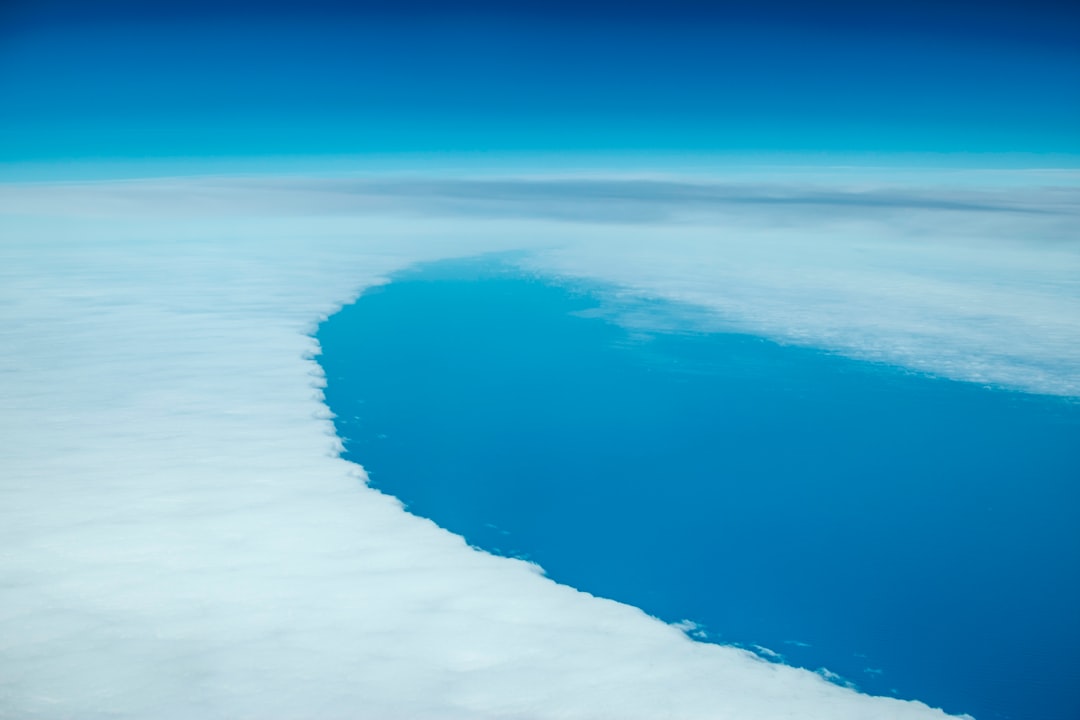What is it about?
We combine cutting-edge imagery of the deep-seafloor with sand and mud samples to measure the influence of active fault motion on seafloor slope gradient, morphology, and resulting sediment gravity flow deposits. We study an example site from offshore Los Angeles along the Palos Verdes Fault Zone.
Featured Image
Why is it important?
We measure and show how tectonic and depositional processes link to seafloor morphology and stratigraphy. This example illustrates a fundamental concept of deep-water deposition at fine scales difficult to achieve in deep-sea settings.
Perspectives
The dataset in this study was originally collected to measure the fault slip rate along the Palos Verdes Fault, so I particularly enjoyed the opportunity to extract more broadly applicable depositional information from the data. We hope that this study will be used to improve modeling of deep-sea processes in the future. Also, check out the data release associated with this publication: http://dx.doi.org/10.5066/F7G44NB6 And the sister publication in JGR—Solid Earth: doi:10.1002/2015JB011938
Katherine L Maier
Read the Original
This page is a summary of: Records of continental slope sediment flow morphodynamic responses to gradient and active faulting from integrated AUV and ROV data, offshore Palos Verdes, southern California Borderland, Marine Geology, October 2016, Elsevier,
DOI: 10.1016/j.margeo.2016.10.001.
You can read the full text:
Contributors
The following have contributed to this page










